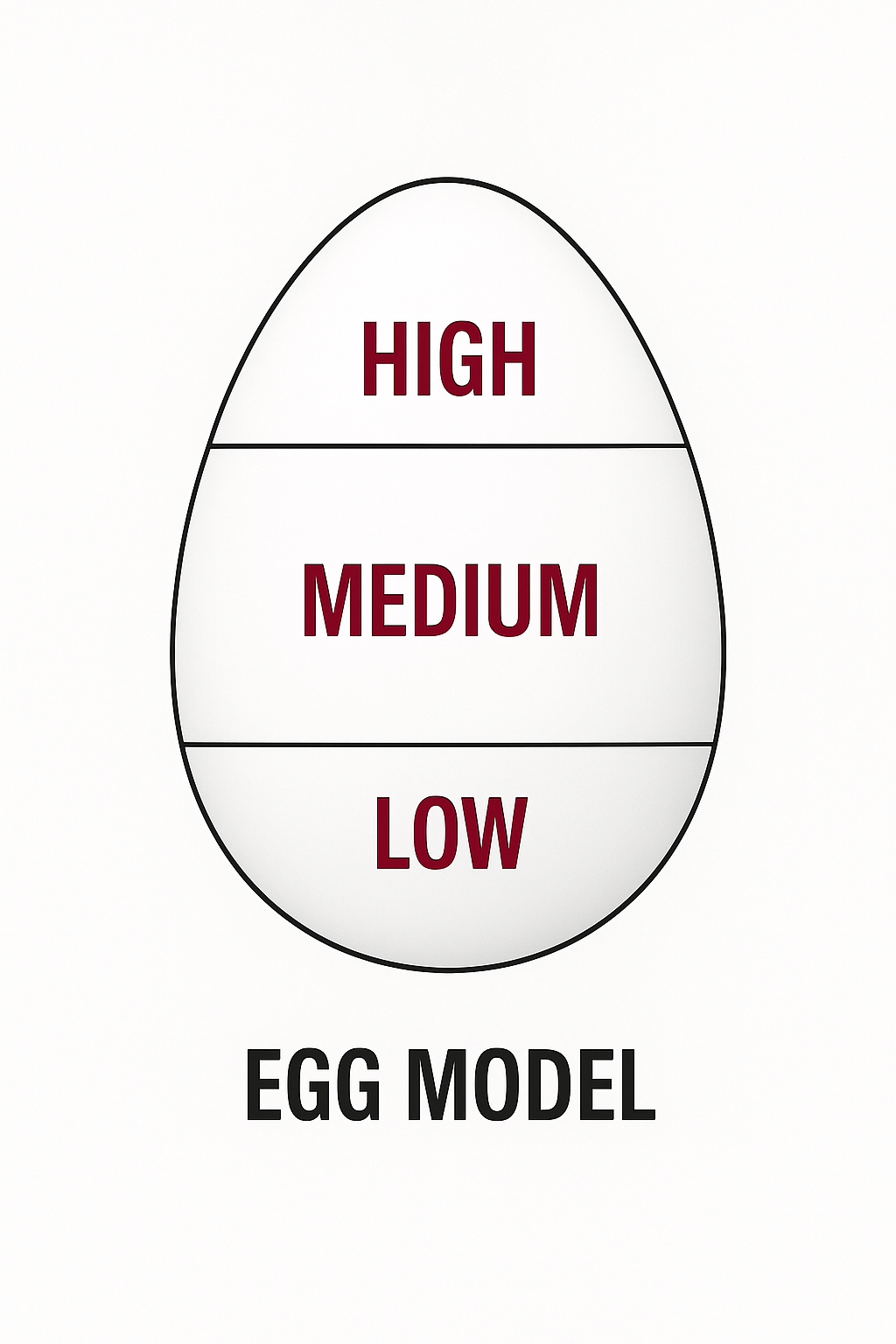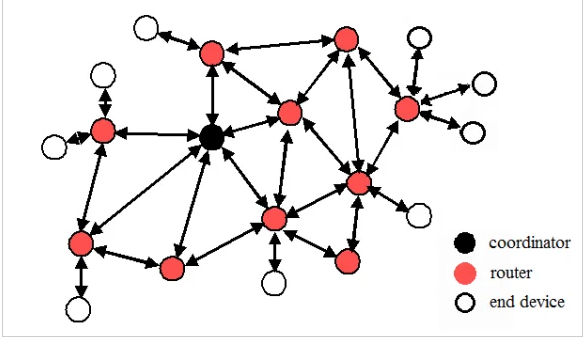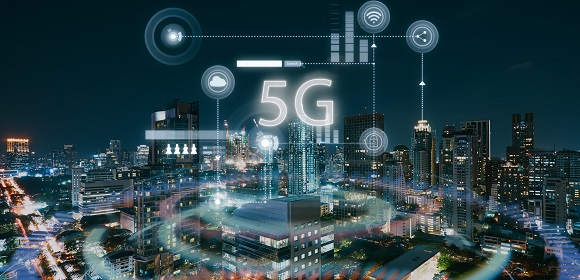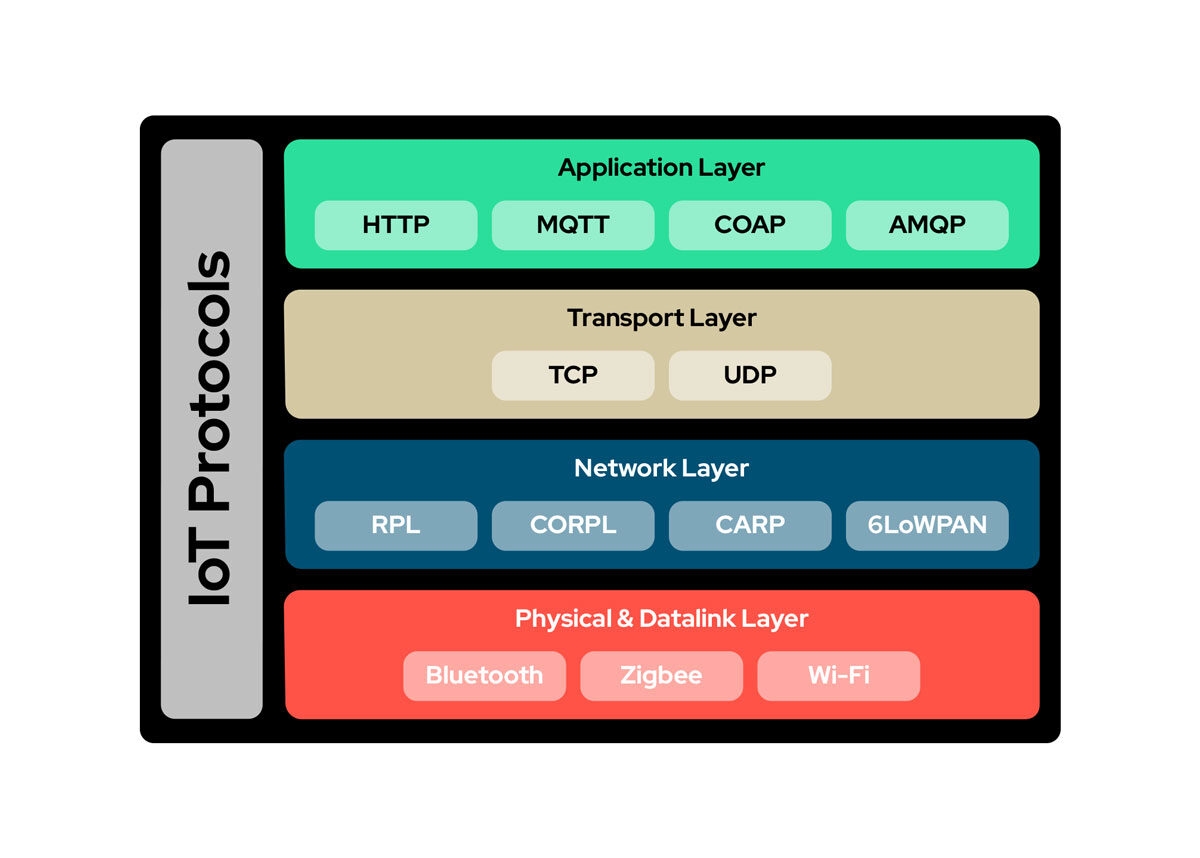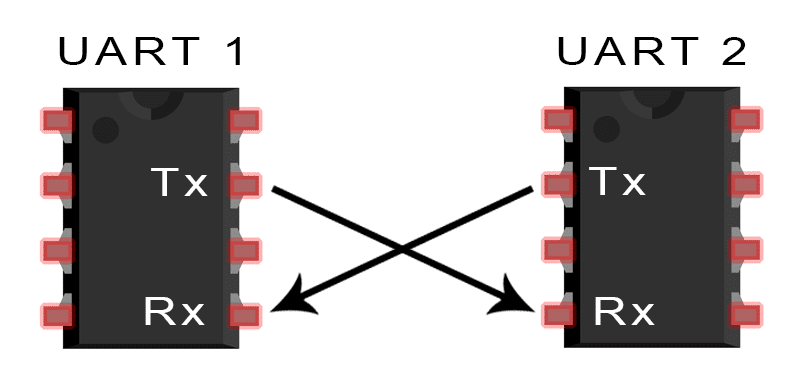Overview
In the past decade, advances in the Internet of Things (IoT) have significantly changed the elevator market. By leveraging IoT, active state-based analysis and predictive maintenance can be applied across elevator solutions. Smart elevators can monitor performance, make real-time maintenance decisions, report status updates, and enable remote control and monitoring.
It was estimated that in 2018 the smart elevator technology market was valued at $7.52 billion, and is expected to generate $27.20 billion in revenue by 2038, with a compound annual growth rate of 9.1% over the forecast period.
Why move to smart elevator solutions?
Smart elevators are controlled or monitored through various forms of connectivity. Elevators use Wi-Fi or LAN interfaces to connect internally to custom hardware, and use GPIO pins or UART to communicate with the elevator controller. The hardware provisions itself to an IoT hub and sends signals (any changes in GPIO pins or register values) to the IoT hub. When the elevator controller changes a signal, the hardware detects it and sends that signal to the IoT hub. The IoT hub exports data to the application logic layer, where the main logic derives meaningful signals, fault predictions, and fault detection results, then sends those to the user interface via WebSocket.
Next-generation IoT elevators are more efficient than traditional elevators. Previously, maintenance testing, record keeping, status checks, and manual inspections were time-consuming and costly. Smart elevator systems reduce manual effort and enable more efficient operations. The following use cases illustrate typical benefits.
Avoiding unauthorized access
Smart access control can restrict elevator use to authorized users only. For example, an elevator can allow access only to individuals authenticated by fingerprint or smart card. The elevator can connect to a fingerprint sensor or smart card reader via an RS232 DB9 connector and share data over UART. A PSoC 6-based device can read registers using the Modbus protocol and transmit authorization signals to a cloud IoT service such as AWS or Azure. Only authorized users are allowed to operate the elevator.
Predicting destinations
Destination prediction uses AI and machine learning. The system can perform facial recognition and share user information with an IoT cloud. The IoT cloud checks authorizations and runs machine learning models to determine the user target floor. If a user has visited multiple floors previously, the elevator can provide a voice prompt via VoIP; the user can then give voice commands to indicate the destination floor.
Benefits of adopting smart elevator solutions
Predictive maintenance
Faults manifest as anomalies in elevator I/O pins or register values. ML models trained on GPIO and register data can predict maintenance needs and identify which elevator subsystem requires attention. When GPIO pins change, cloud logic processes the event and generates meaningful outputs such as elevator state and detected faults.
Real-time monitoring
Elevators expose dynamic information such as direction, state, current position, and door status. Smart elevators send signals to an IoT hub and receive commands from the hub. The processed information is updated in real time on a user interface so operators can monitor elevators remotely and track states and faults.
Remote control
Users can issue commands remotely, for example to start or stop an elevator for a specified duration, toggle a main power switch, or run specific engine routines. Commands are executed via the IoT hub, reducing the need for manual on-site intervention and saving time.
Remote testing
Since faults are identified by GPIO pin states, technicians can remotely debug elevator problems using the fault list and GPIO values. Test vectors can be applied remotely by changing active-high values on GPIOs, allowing technicians to identify root causes without being on site.
Cost efficiency
Elevator technician visits are a significant expense. Centralized IoT-managed elevators enable remote operation and testing, reducing personnel costs. Users can set rules such as time-based elevator availability or limiting operation to specific cars, which can also lower power consumption.
Minimal downtime
With robust fault-detection and rule engines, elevator downtime can be minimized. IoT connectivity can surface power issues from the elevator controller, and rule engines can trigger startup on backup power when appropriate. Monitoring backup power timeouts and applying rules based on those events helps reduce elevator downtime.
 ALLPCB
ALLPCB



